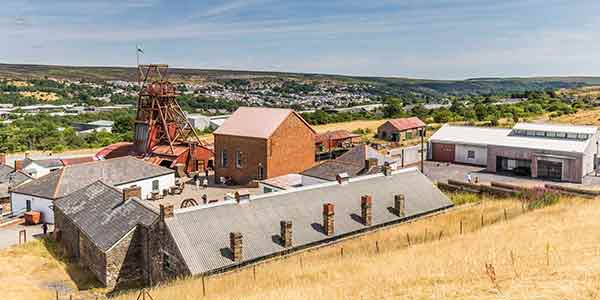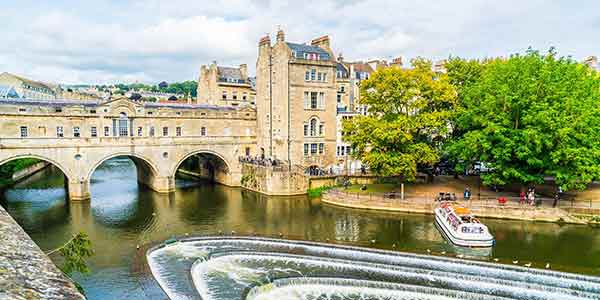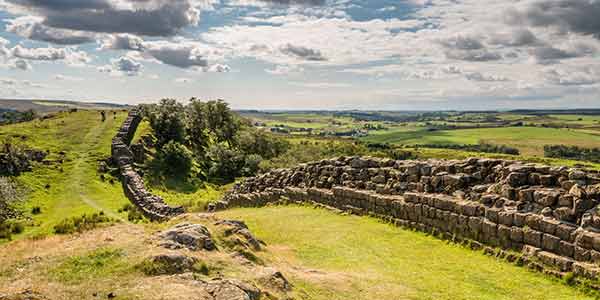
World Heritage
UNESCO World Heritage Sites
UNESCO WHS are places that are diverse and unique. “What makes the concept of World Heritage exceptional is its universal application. World Heritage Sites belong to all the peoples of the World, irrespective of the territory on which they are located”. (UNESCO).
WYHAMS will help young people aged 13-25 to explore World Heritage in a local, UK and Global context. This project will help Young People understand not only the historical context of World Heritage, but the UK context, the processes relating to the management of World Heritage, and how it can make a lasting impact on local communities.
“UNESCO seeks to encourage the identification, protection and preservation of cultural and natural heritage around the world considered to be of outstanding value to humanity. This is embodied in an international treaty called the Convention concerning the Protection of the World Cultural and Natural Heritage.
Cultural heritage refers to monuments, groups of buildings and sites with historical, aesthetic, archaeological, scientific, ethnological or anthropological value. Natural heritage refers to outstanding physical, biological and geological formations, habitats of threatened species of animals and plants and areas with scientific, conservation or aesthetic value”.
World Heritage: UK
There are 31 World Heritage Sites inscribed in the UK, representing both natural and cultural World Heritage ranging from the Jurassic Coastline, Kew Gardens, Hadrian’s Wall to the industrial Site of Blaenavon. World Heritage: UK (WH:UK) is the national charity and body that represents all 31 UK WHS. World Heritage Youth Ambassadors works in close partnership with WH:UK.
Working together, an online national learning and engagement network has been created to bring together key professional partners involved in youth led practise with Young People, share best practise to influence decision makers and increase organisational resilience and better manage World Heritage. For more information on the learning and engagement network, please click here.
For more information on World Heritage:UK please see their new website.
Find a site
Our Sites
Blaenavon
Blaenavon Industrial Landscape was inscribed as a World Heritage Site by UNESCO in 2000. UNESCO recognised that “The area around Blaenavon bears eloquent and exceptional testimony to the pre-eminence of South Wales as the World’s major producer of iron and coal in the nineteenth century.
Bath
UNESCO added The City of Bath as a 'cultural site' to its World Heritage List in 1987. Bath is included because of its Roman Remains, 18th Century Architecture, 18th Century Town Planning, Social Setting, Hot Springs and Landscape Setting.
Interested in becoming a whyams site?
We have the aspiration for every World Heritage Site in the UK to have World Heritage Youth Ambassadors! If you have young people interested in World Heritage, you can accreit them through our scheme. Watch out for more information about becoming a site in 2025.
Hadrian's Wall
Hadrian's Wall is an exceptional example of a linear Roman frontier, encompassing an extensive archaeological landscape which reflects the way resources were deployed in the north western part of the Roman Empire and which displays the unifying character of the Roman Empire, through its common culture.






